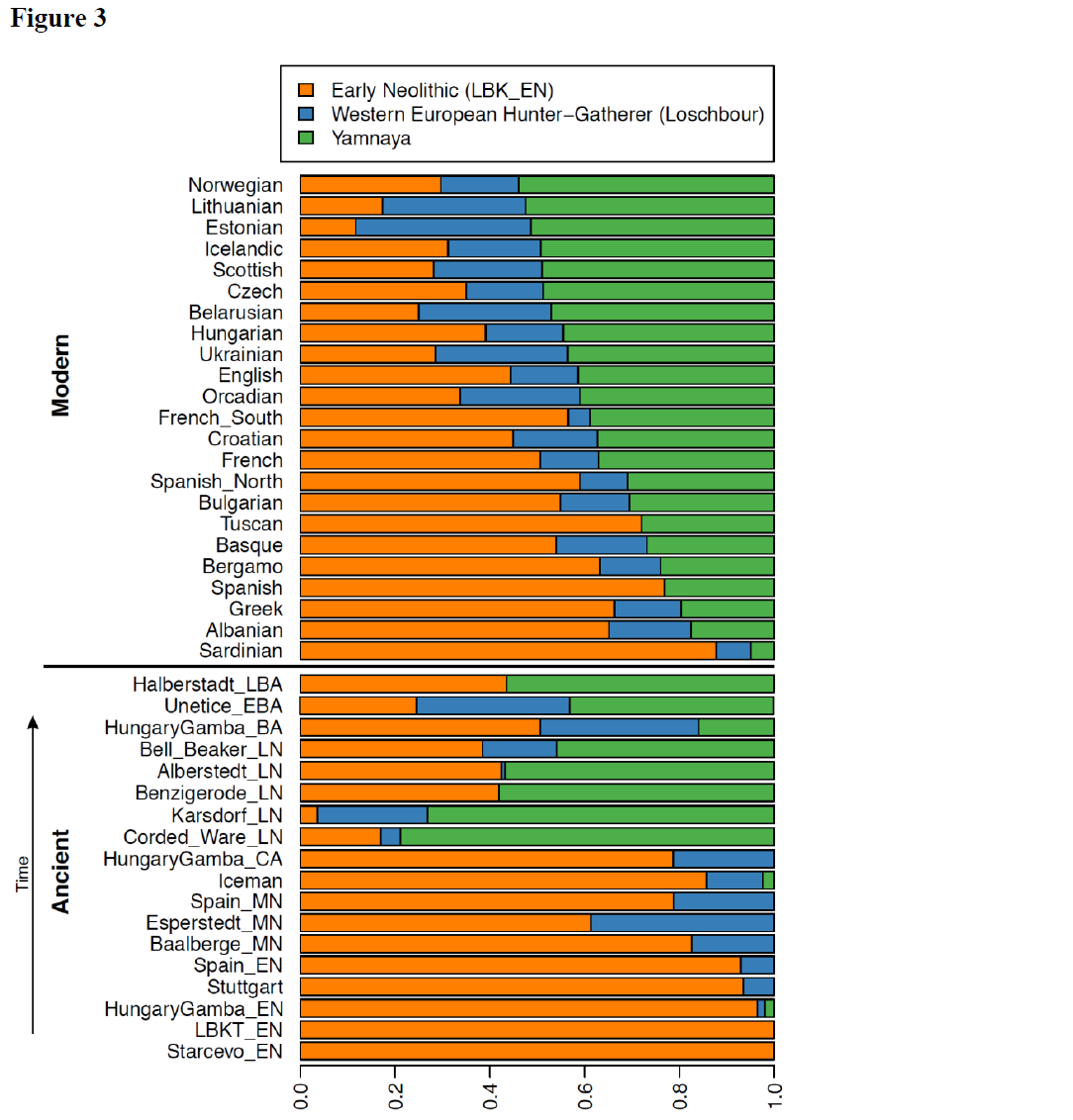Roi
Regular Member
- Messages
- 14
- Reaction score
- 3
- Points
- 0
Hi
I have just found this study: https://www.researchgate.net/figure...pulations-of-Europe-data-taken_fig2_318751121 which shows a different map for the Yamnaya admixture than the one included in this site... interestingly, in the map here linked the highest density of Yamnaya seems to be in the extreme North of Europe, and not in the Baltic area as other maps show... on the other hand, north western Iberia shows here higher levels of Yamnaya admixture than the Eupedia map, that represents the highest density on the eastern half of Iberia... Eupedia map shows higher densities in Italy and Greece than in western Iberia. Which do you thing is most accurate Yamnaya admixture map?
I have just found this study: https://www.researchgate.net/figure...pulations-of-Europe-data-taken_fig2_318751121 which shows a different map for the Yamnaya admixture than the one included in this site... interestingly, in the map here linked the highest density of Yamnaya seems to be in the extreme North of Europe, and not in the Baltic area as other maps show... on the other hand, north western Iberia shows here higher levels of Yamnaya admixture than the Eupedia map, that represents the highest density on the eastern half of Iberia... Eupedia map shows higher densities in Italy and Greece than in western Iberia. Which do you thing is most accurate Yamnaya admixture map?




